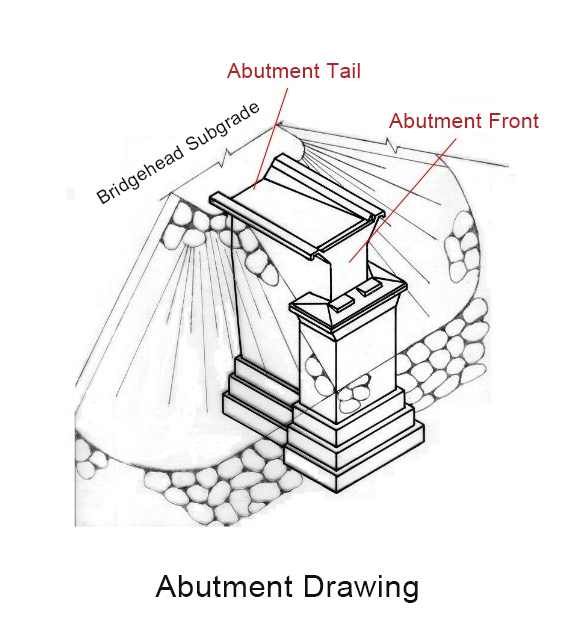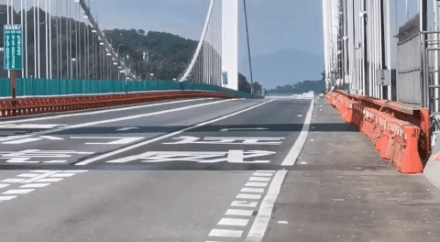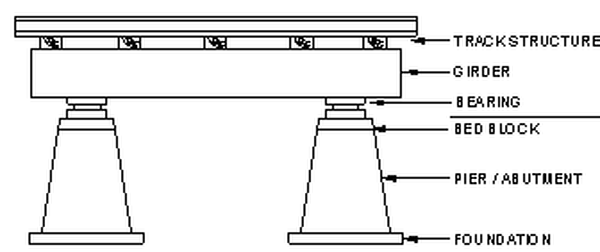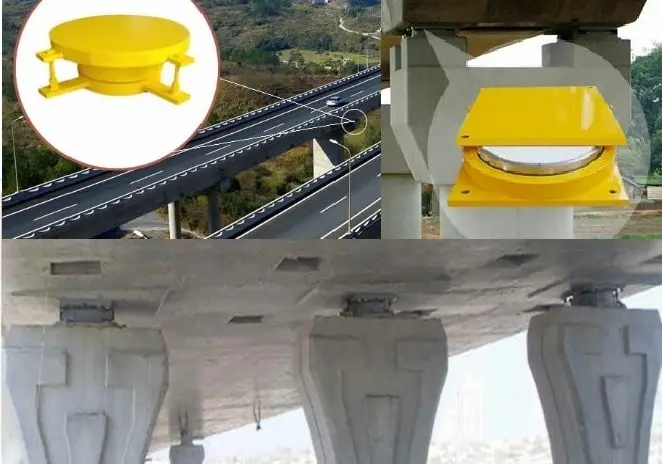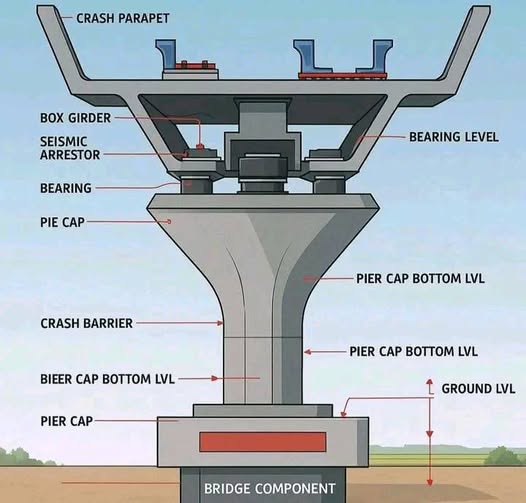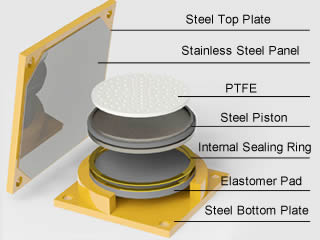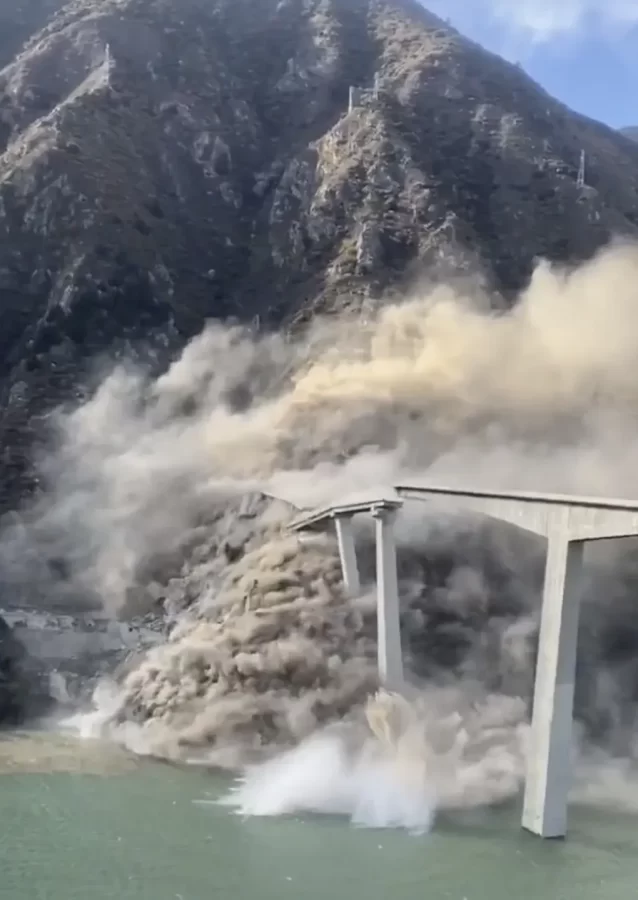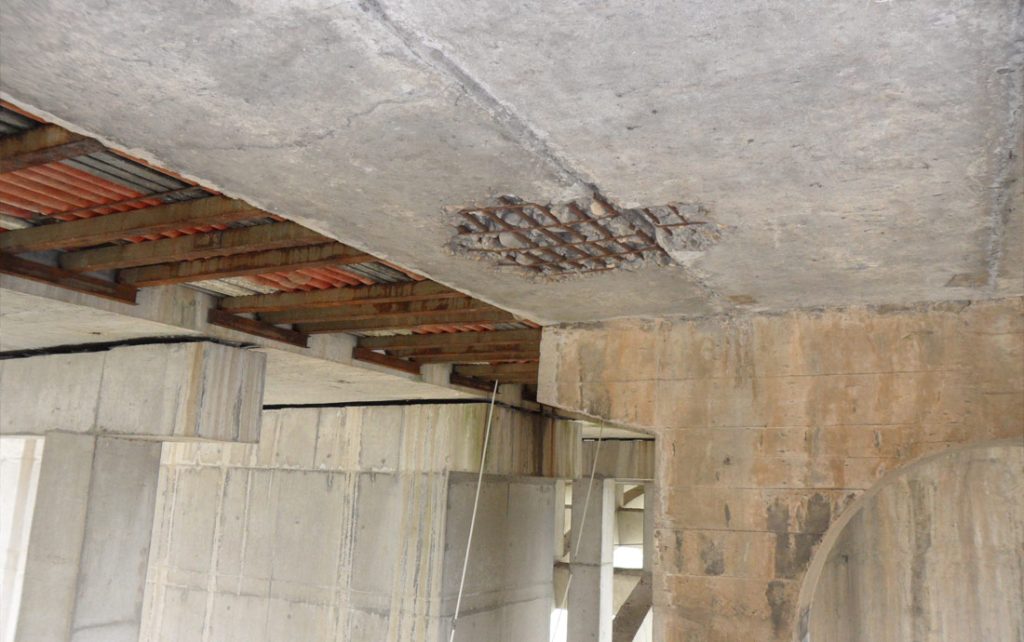The Specific Challenges of Railway Bridge Inspections
As critical nodes in the railway network, the structural safety of railway bridges directly affects train operation stability and passenger safety. Compared with highway bridges, railway bridges have distinct design standards, load-bearing characteristics, and operational environments, which present multiple challenges for inspection:
- Load characteristics: Railway bridges endure dynamic loads far greater than highway bridges. The high-frequency vibrations generated by train operations have a more pronounced long-term impact on structural stability.
- Operational conditions: Some mainline railways experience dense train traffic with narrow maintenance windows, requiring inspections to be completed efficiently within limited timeframes.
- Structural diversity: Railway bridges include arch bridges, continuous girder bridges, and steel truss bridges, among others. Each structural type has different stress characteristics, necessitating targeted inspection priorities.
- Complex environments: Bridges in mountainous areas, spanning rivers, or near long tunnel entrances and exits pose additional difficulties and safety risks for manual inspections.
These characteristics make it essential to balance accuracy, efficiency, and safety in railway bridge inspections.
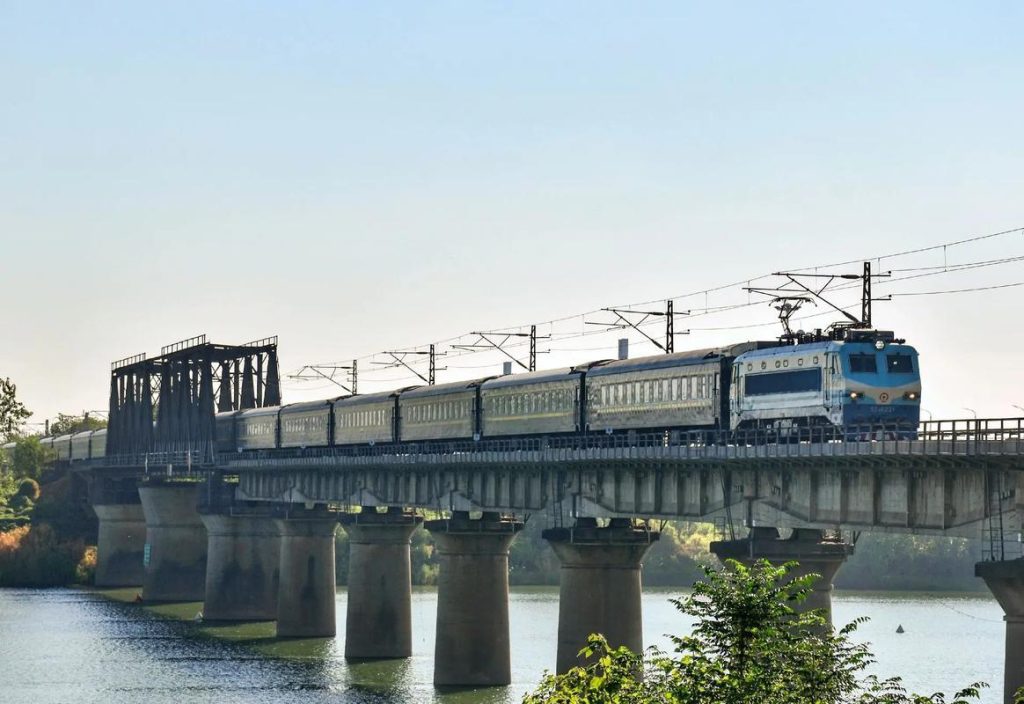
Drone Inspections: A Technological Breakthrough in Railway Bridge Maintenance
With the maturation of drone platforms, digital twin technology, and AI-based defect detection, railway bridge inspections are gradually shifting from traditional manual methods to intelligent, digitalized approaches. Drones offer several technical advantages in this context:
- Significantly improved efficiency: Drones can be quickly deployed during train operation gaps to capture high-resolution imagery of key components such as main beams, piers, decks, and sleepers. This drastically shortens track closure times and minimizes disruption to railway operations.
- Enhanced risk management: Drones can safely access hard-to-reach areas such as high-pier bridges, river-spanning bridges, and suspended mountain bridges through remote operation, fundamentally reducing the risks associated with high-altitude manual inspections.
- Higher precision and expanded inspection scope: Equipped with zoom cameras, oblique photogrammetry systems, multispectral sensors, and LiDAR, drones can achieve millimeter-level measurement accuracy, precisely detecting cracks, corrosion, and concrete spalling, while simultaneously capturing structural three-dimensional geometry and material properties.
- Comprehensive data management: Inspection data collected by drones can be directly integrated into bridge health management systems, enabling comparison with historical monitoring records. This provides traceable, quantitative support for structural condition assessment, defect trend analysis, and maintenance planning.
Inspection Scope and Key Focus Areas
Drone-based railway bridge inspections require targeted approaches based on structural type:
- Steel bridges: Focus on weld cracks, component corrosion, coating deterioration, and loose connection bolts.
- Concrete girder bridges: Key indicators include crack distribution, concrete spalling, exposed reinforcement, and carbonation depth.
- Arch and continuous girder bridges: Emphasis on monitoring arch ribs, main beam deformation, and bearing displacement.
- Substructure and under-bridge areas: Inspect pier scouring, foundation exposure, and the condition of under-bridge ancillary facilities.
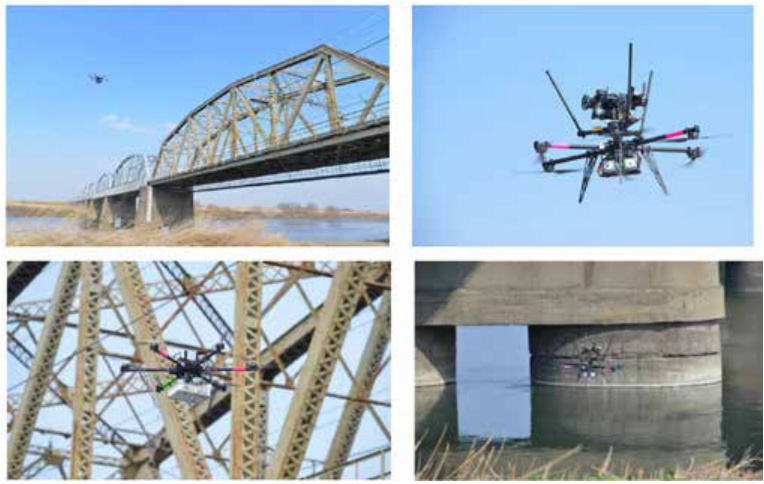
By following preplanned flight paths, drones can achieve full-bridge, no-blind-spot imaging. Combined with AI algorithms, collected data can be automatically analyzed to accurately identify defect locations and severity, greatly reducing manual screening workload and errors.
From Inspection to Digital Twin: Building a Full Lifecycle Management System
Using drone imagery and 3D modeling, centimeter-precision digital twin models of railway bridges can be created. When integrated with real-time structural health monitoring data, these models enable:
- Accurate defect localization and historical condition comparison
- Simulation of structural stress and deformation under train loads
- Digital validation of maintenance solutions and intelligent optimization of maintenance plans
This approach transforms railway bridge inspections from a passive “periodic problem detection” model into an active “real-time prediction and proactive prevention” model, providing technological support for full lifecycle safety management.
Conclusion
Drone inspection technology enhances efficiency, mitigates risk, and expands inspection capabilities, offering a systematic solution for railway bridge maintenance. As railway traffic demand grows and infrastructure ages, this technology will play an increasingly critical role in ensuring the safety of railway networks.
If you are looking for a professional drone bridge inspection solution, RieboTech can provide an integrated service covering everything from flight platform selection and data acquisition to AI defect detection and digital twin management. Contact us today to make your railway bridge maintenance safer and more efficient.
